
What is Cellulite?
"Orange peel" is the most common term used to describe the most problematic skin condition - cellulite. This nonaesthetic phenomenon is the enemy number one of many women. It is visible to the naked eye, or when pinching the skin.Cellulite had earlier attacked obese adults and adolescents. Now it appears even in ten-year old girls, and worsens if left untreated. Enlarged fat cells accumulate over time and push the connective tissue causing more serious problems that are not only aesthetic - poor circulation, toxins retention and tissue malnutrition.
The Process of Cellulite Creating
Quantity of sex hormones suffers major changes in the period of puberty and pregnancy which leads to development of this nonaesthetic phenomenon. Cellulite is a consequence of subcutaneous tissue microcirculation disturbance. The amount of water and fat in fat cells is increased, so that enlarged fat cells push the surrounding blood and lymph vessels and lead to blood circulation disorders. Harmful substances are retained, excess fat is deposited under the skin, and connective tissue is wakened, producing the characteristic deformation of the skin.By its structure and manner of origin, Cellulite is different from fat by its structure and the manner of occurrence. This, so-called bad fat, is the direct result of severe intoxication of the organism.
Causes of Cellulite
The most important causes that lead to cellulite occurrence are:improper diet - increased intake of carbohydrates and fats, and the wrong way of food processingphysical inactivity - prevents optimal circulation, impairs metabolism and prevents refreshing the body by intense breathing and sweating (it is little known that the body releases about 60% of toxic substances by breathing) stress - directly and indirectly impairs many vital body functions estrogen -it is responsible for the increased accumulation of fat, fluid retention and increased activity of enzymes that destroy connective tissue in areas typical for cellulite. Enhanced intake of estrogen, by oral contraceptives or food, is also an important cause of cellulite development other hormones - progesterone, insulin, catecholamines (adrenaline and norepinephrine), thyroid hormones and prolactine play an important role in the development of cellulite genetic factors, smoking, tight clothing, alcohol abuse are factors that encourage the development of celluliteWhere it Appears?
The most common places of cellulite occurrence are: thighs, around the knee pads, calves, ankles, buttocks, abdomen and lower back. It may also appear on the neck and upper arms in later age. Sitting position, with crossed legs in particular, slows the blood circulation in specific areas and therefore cellulite often appears on the buttocks and inner thighs.How to Get Rid of It?
Removing these highly persistent, degenerative changes of the skin and connective tissues requires patience, changing habits and a special diet.Treat your body by regular cleaning of retained toxins - occasional consumption of teas made of the cherry stems, corn silk, parsley and green tea, but no more than 3 cups a day.
If you suffer from constipation that is common with this problem, use natural laxatives -prunes, wheat germ, bran, abdominal massage, exercise, etc. Avoid synthetic drugs.
Allow your body enough oxygen by deep breathing in nature if it is possible.
Allow your skin to sweat - there are so many natural ways.
The most effective ways to remove cellulite are massages, swimming, and aqua aerobic.


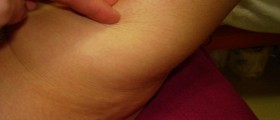
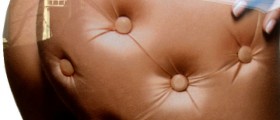

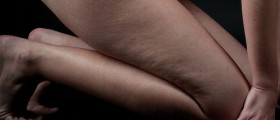
_f_280x120.jpg)

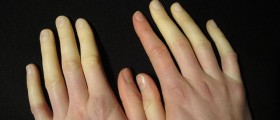





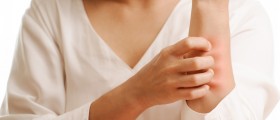


Your thoughts on this
Loading...